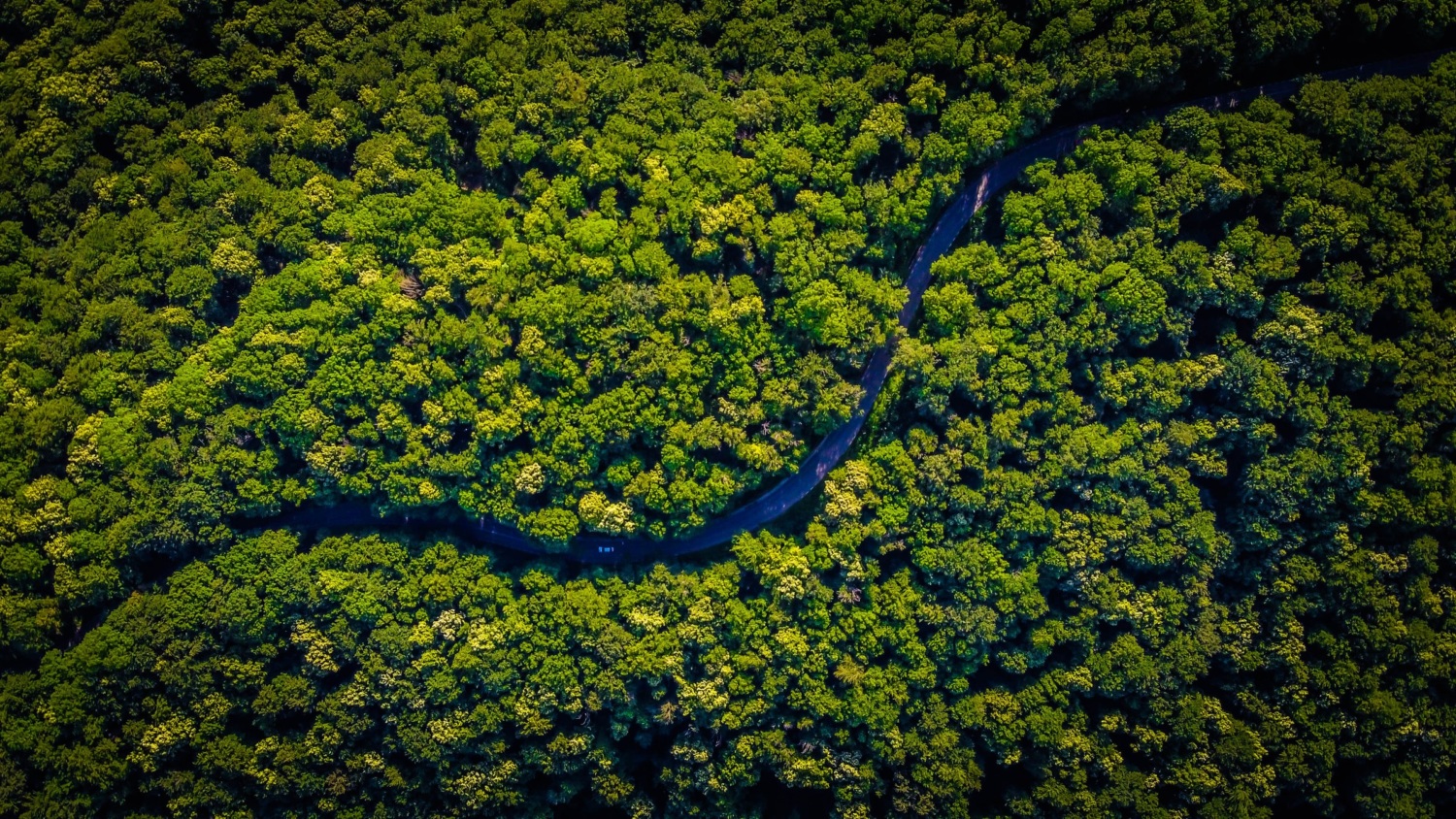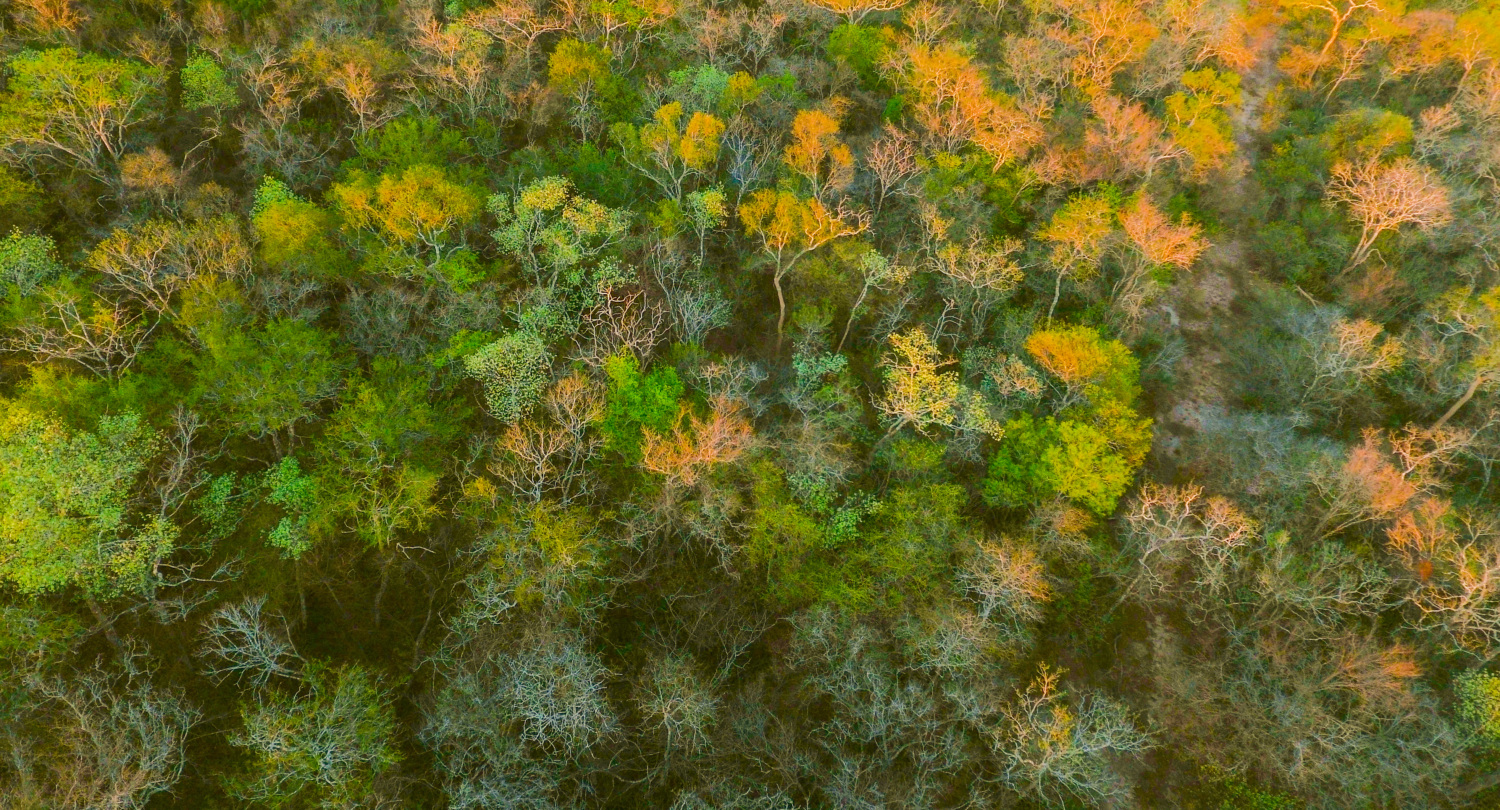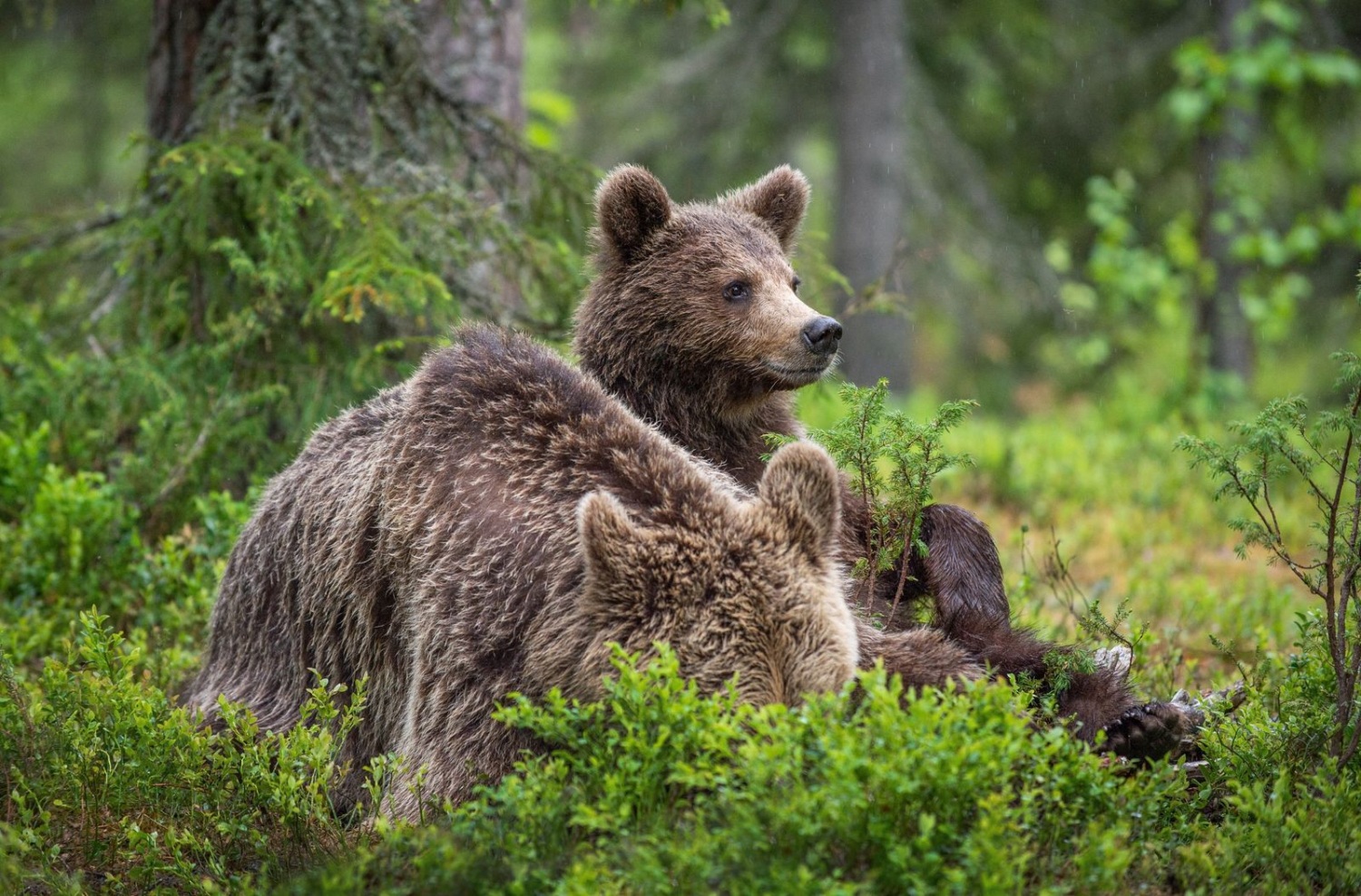
CEO Note: What rewilding victory looks like
By Glenn Hurowitz, Founder & CEO
In April, the U.S. National Park Service and U.S. Fish & Wildlife Service announced plans to restore grizzly bears to the North Cascades of Washington state, a decision we had advocated for and an important rewilding victory. Also last month, the California Grizzly Alliance published a peer-reviewed feasibility study looking at what it would take to bring grizzly bears back to California, too. The paper found “no insurmountable biological, ecological, economic, legal, or policy obstacles to returning California’s official animal to the state” – an encouraging step toward expanding the range of this ecologically important carnivore.
Historically, scientists estimate that 10,000 grizzlies once lived in the wilds of California. And while they live on in the state’s cultural memory – from the state flag to college mascots – no wild grizzly has been spotted in California since 1924. A reintroduced population has the potential to – gradually, allowing time for research and adaptation – affect hundreds of native plant and animal species.
Like the catamounts that we hope to bring back to the Eastern forests, these bears are ecosystem engineers, and their return would be welcome. Our congratulations to the California Grizzly Alliance!
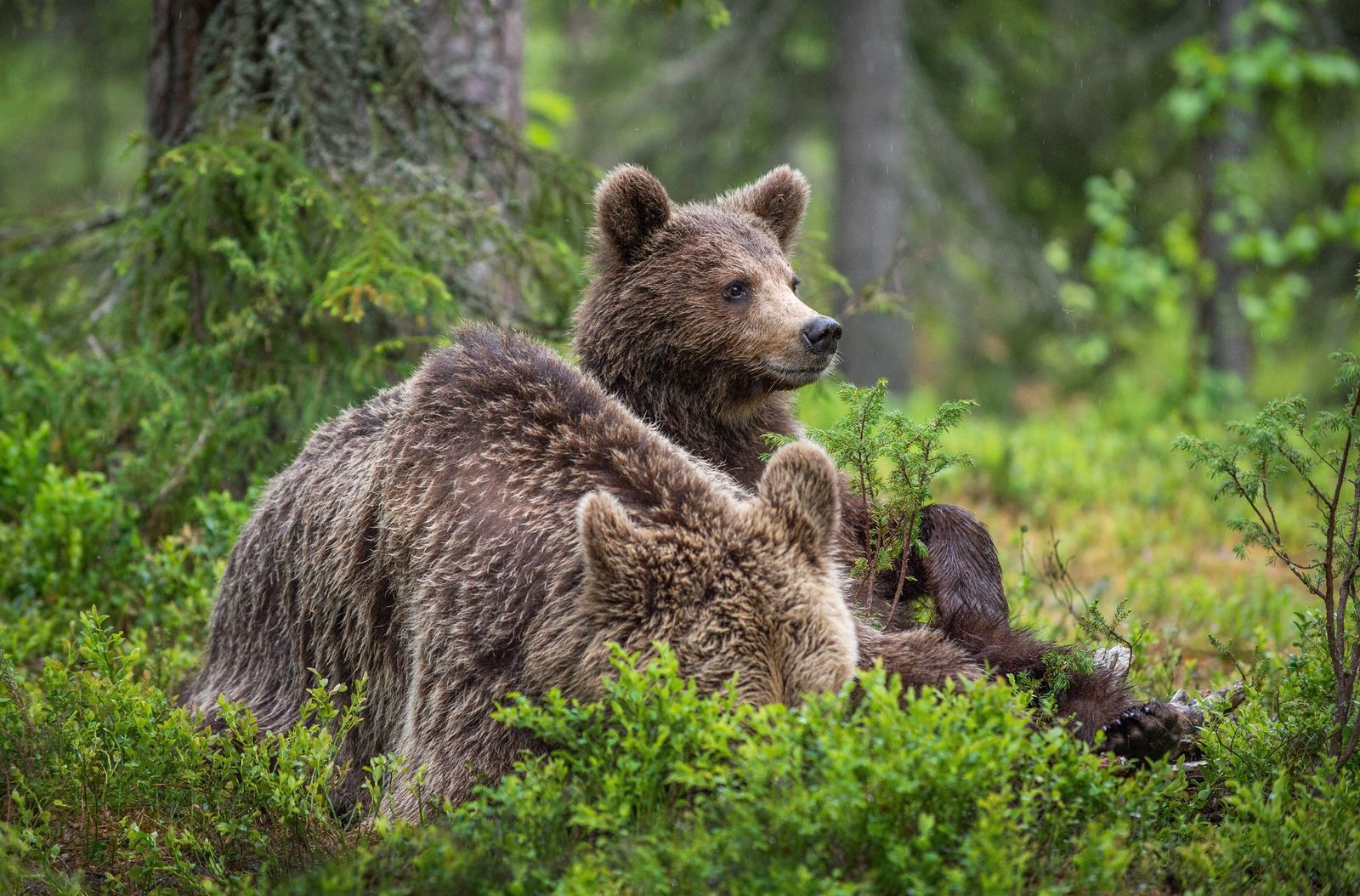
Grizzly bears, via California Grizzly Alliance
Rewilding Argentina’s Ocean
Rewilding can also happen at sea. Indeed, conservation and rewilding efforts focused on the oceans sometimes offer more immediate and dramatic results for wildlife – many species of fish lay thousands of eggs at a time, and their populations can rebound astonishingly quickly once protections are in place.
That’s why we’re also celebrating news out of Argentina, where Rewilding Argentina (a non-profit offspring of Tompkins Conservation) has collaborated to create Patagonia Azul Provincial Park, a new 729,000-acre coastal-marine sanctuary. Roughly the size of the US’s Yosemite National Park, this new park – a joint project of the government of Chubut, Argentine National Parks Administration, non-governmental organizations, and the community of Camarones – protects more than 60 islands and islets and other coastal habitats – home to more than 50 species of seabirds. The newly protected waters also host kelp forests, seals and orcas, sharks and dolphins, and humpback, minke, and sei whales.
This project demonstrates how innovative organizations can find ways to achieve significant conservation victories even in a hostile national political environment – an important consideration when anti-environment governments are in power in countries across the globe.
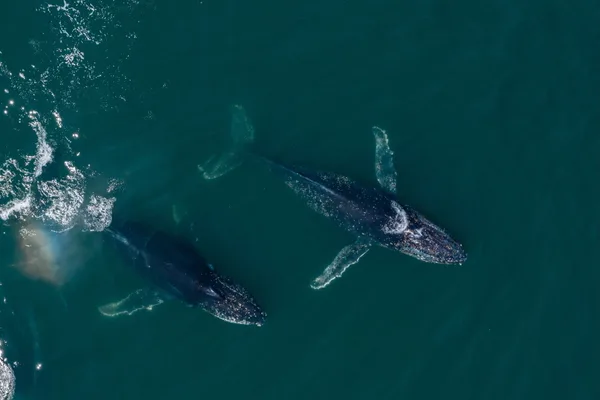
Humpbacks in Patagonia Azul © Maike Friedrich – Rewilding Argentina
Update on Indonesia’s Food Estate Project
I’ve written many times about Indonesia’s “food and energy estates,” a giant state plantation project to develop seven million acres of tree kangaroo, orangutan, and bird of paradise habitat across forest, peatland and savanna in Papua, Borneo, Sumatra and Sulawesi. This state-backed deforestation project is undermining Indonesia’s own hard-won progress on forests and climate – progress that has opened markets and grown the national economy.
Now, Agence France-Presse (AFP) has documented the project’s destruction, adding to the international outcry and shining a vital spotlight on the ongoing deforestation. A huge thanks to Sara Hussein and Marchio Irfan Gorbiano at AFP for their coverage, our allies at The TreeMap, Pusaka, and Satya Bumi for their research and investigations, and Yusuf Wahil for the amazing photos. Even Science magazine has published a critical article, helping boost international attention.
And, encouragingly, there may be growing openness to change. In Indonesia, there does seem to be new interest in exploring channeling this development onto the country’s 30 million acres of degraded land instead of destroying intact forests. This step would allow Indonesia to truly realize its destiny as a nature and climate superpower, and mark another significant victory for the world’s forests, biodiversity, and climate.

Tree kangaroo © Richard Ashurst
—
© 2025. The text of this article is openly licensed under Creative Commons (CC BY-ND 4.0); you are free to copy and redistribute or republish the article in its entirety with attribution and credit.
